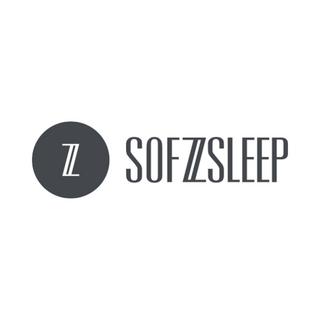Why do pillows turn yellow? Are yellow stains something to be concerned about? Can they be removed? Read on to this quick guide to learn more.
What are the Causes of Yellow Stains?

Here are some general factors that may cause yellow stains on your pillow:
- Sweat
- Body oils
- Wet hair
- Hair, skincare, and makeup products
- Lotions and moisturisers
- Drool
- Dead skin cells
Like the mattress and other bedding accessories present in the bedroom, our pillows are also prone to staining and other elements that can significantly affect their quality and hygiene. Generally, the pillow becomes yellow due to sweat, sleeping with wet hair, skin oils, various chemical products, and moisture. Pillows may also turn yellow over time due to their age.
Although it may not be physically noticeable, you sweat and shed dead skin cells when sleeping. In fact, you lose a litre of water during sleep through perspiration. These can build up on the pillow and eventually form yellow stains on the surface. Other forms of moisture, like oils and some skincare products, can still be on your pillow. If you sleep with wet hair, the moisture and residue from your hair products can stain your pillow and might cause mould buildup in some cases. While natural oils and sweat from your body may take longer to turn into yellow stains, oils from lotions and moisturisers impart yellowing faster.
Are Pillows with Yellow Stains Safe to Sleep On?

Generally, pillows should be replaced every 2 years. However, this depends on the quality and safety of the sleeping surface. To prevent health issues and disturbances to your sleep caused by elements found in your yellow pillows, it’s best to replace your pillows with newer ones.
Moisture from humidity can also cause yellow stains, which, sadly, are everywhere. Moisture and humidity can cause mould buildup that can damage your pillow. Mould may also cause allergic reactions and other health issues. Dust mites might also thrive on your pillow, which can exacerbate the allergy symptoms.
When buying new pillows or bedding accessories, we highly recommend choosing sleep solutions with anti-dust mite, anti-bacterial, anti-fungal, and hypoallergenic properties to ensure an undisturbed sleep.
How to Prevent Yellow Stains from Building Up on Your Pillow?

Like stains on your mattress, yellow stains on your pillows are inevitable. However, you can preserve the quality and safety of your pillows for longer by getting quality pillow covers. These pillow covers work like mattress protectors for the bed by guarding the surface from having direct contact with sweat and dirt.
The best way to reduce the risk of yellow stain buildup is to look for an efficient pillow protector. A quality pillow protector has antibacterial properties and a reliable ability to absorb stains. Some pillow protectors have thick padding to filter out moisture and add extra softness to your pillow.
Some simple changes to your nightly routine can also help you maintain the quality of your pillow for a longer period of time. For example, you can dry your hair before going to bed. This includes removing makeup before sleeping. Try water-based moisturisers and avoid heavy oil products that can cause stains on your pillow. Make sure to give your bedroom ample ventilation to protect your pillow from too much moisture buildup.
The Bottom Line

Since yellow stains are non-removable, the best way to keep your pillows fresh and safe is to:
- Choose the right pillow with appropriate anti-allergy properties
- Safeguard your pillow with quality pillow covers
- Always clean your bedroom
- Give your bedroom ample ventilation
- Try sticking to water-based skincare solutions
Consider investing in high-quality pillows and bolsters and reliable pillow protectors to maintain a healthy and safe night’s rest.



